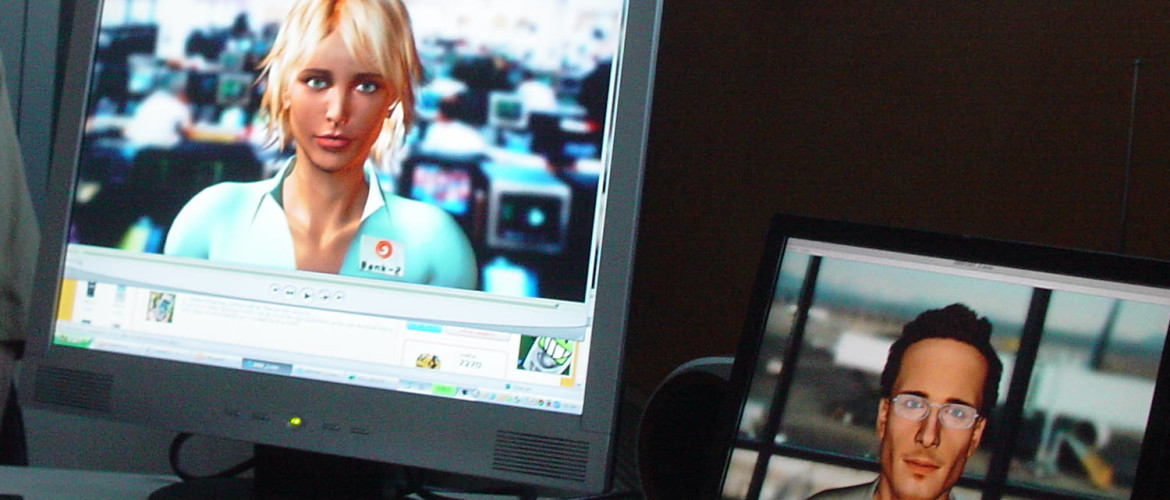As early as 1968, influenced by visionary movies such as Stanley Kubrick’s 2001: A Space Odyssey, with its fictional computer character HAL 9000, we envisioned omniscient, intelligent machines that could easily contain the whole range of human knowledge. Then, in 1987, the Knowledge Navigator video from Apple Computer struck our imaginations and greatly boosted our expectations of what computers would be able to do for us in a few years’ time.
It is now 20 years later, but technology is still very far from fulfilling such hopes regarding virtual assistants:
- Voice recognition isn’t immediate.
- People adapt to machines’ lexicons rather than the other way around.
- Computers cannot easily transcend the scope for which they have been programmed.
- Self-learning machines are still experimental.
- The generation of high-quality graphics representing emotionally rich, 3-D avatars is far from being real time, cheap, or extensively available.
The technology for fulfilling such high expectations simply does not yet exist. However, while we wait for technology to catch up with our dreams, the gap between our expectations and the reality of what we can now achieve has inspired two important trends in the development of virtual assistants:
- simulation of generic conversations
- application-specific virtual assistants
